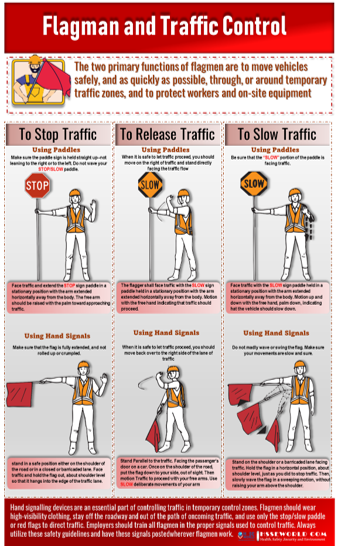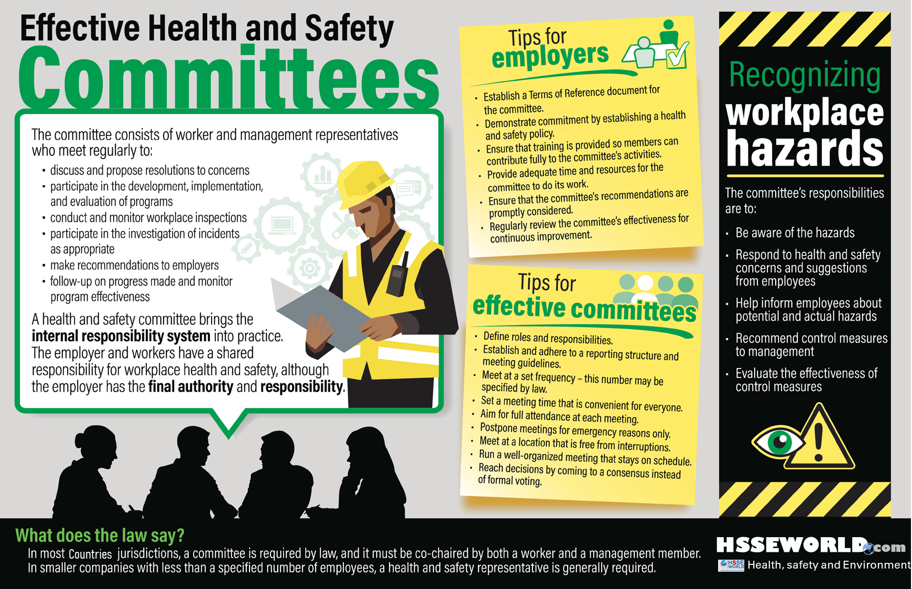Confined space entry (CSE) is complex and often deadly dangerous work. You cannot afford to take it lightly. The hazards associated with it are just too great, not to mention the hazards and risks associated with monitoring the space, rescue attempts, or body recoveries.

Before Creating Your Confined Space Entry Program
Before we get into the meat of what a confined space program should look like on paper, let me ask you a quick question:
Do you have a complete and up-to-date inventory of the confined spaces at your work site?
If you answered that question with a “yes,” great!
Do you have a complete hazard and risk analysis for each and every confined space on that inventory?
Yes to that as well? Great! You have laid two of the basic foundation stones of your program.
What if you answered “no” to either of these questions? In that case, here is a sample of a decision chart that can help.
But it raises a second question:

Confined Space Standards
U.S. Regulation
If you’re operating in the United States, do your confined spaces (or some of them) by definition meet the 29 CFR 1910.146 standard, which applies to all of general industry? Are they permit requiring confined spaces?
If, as part of your hazard and risk assessment, you determine that they do, that means your program must include that aspect as a foundation stone.
Note that the standard does not cover all industries. For agriculture, check 29 CFR 1928. For construction, 1926 1200-1213 Subpart AA. And for shipyards, 29 CFR Part 1915 Subpart B.
Canadian Regulation
In Canada, make sure you update to CSA Z1006-16, the new version of the standard for Confined Spaces.
Absolutely check your jurisdiction for the Standards, Acts, Regulations, and Codes of Practice for confined space. The Province of Alberta, for example, has excellent tools available online.
Emergency Planning and Training
Remember that emergency planning and training requirements are also important aspects of any confined space entry program. Make sure you are in compliance with the rescue training requirements for all situations, not only confined space entry.
What Your Confined Space Entry Program Should Include
Now, let’s run through the “headers” a very basic confined space entry program must have.
Employees who work in confined spaces face hazards not only from the space itself, but also from:
- Entrapment
- Engulfment
- Hazardous atmospheres
As such, our topic or section headers could include, but are not limited to:
- A reference to the overarching policy
- A glossary of terms relating to confined spaces and the associated risks and hazards
- A confined space decision matrix or flow chart
- Identification (inventory) of all confined spaces at the work site
- The hazards associated with each space
- Each space will have unique features – generic confined space entry hazard analysis statements are useful and could be used for multiple identical spaces, but make sure each space and the work that will be done in it are reviewed individually before entry (short cuts can create risk down the line)
- Written physical descriptions of the confined spaces at the work site
- Why the spaces must be entered; what work needs to be done that requires entry
- Again, a section on the hazards that may be present in each confined space
- Management, supervisor, and work training and requirements
- Entry permit system
- The actual procedures for each type of entry and the work that will be done
- Equipment, including watch and rescue, and atmospheric testing/sampling
- Atmospheric testing
- Respiratory protection
- Ventilation, purging, and inerting
- Isolation of hazards, substances, and energy
- Safety watch; roles and responsibilities
- Emergency response
- Incident investigation
- Incident reporting and record keeping
- Work review and debriefings
- Document control and revisions
Note that your confined space entry program, work practice, code of practice, or procedure may be supported by mention in a general Company Safety Policy. My personal choice would be to have a policy for confined space, which is then supported by the above.
Last Words
Confined space entry work requires a significant investment of resources well before any entry is actually performed. You may require, in addition to the safety professional, hygiene professionals, professional engineers, and the services of equipment manufacturers and suppliers. Input from your management team, supervisors, and the workers who will do the work is an absolute necessity.
Due to the contaminants that may be found in a confined space, you may also need to include a hygiene program for worker health considerations. Such a program may include baseline testing and health monitoring.
And a key component of your confined space entry program may be working under air, either supplied line or SCBA.
Take great care with confined space work. Use only a complete, documented due diligence approach. This work requires very significant attention to detail – before, during, and after the work!



